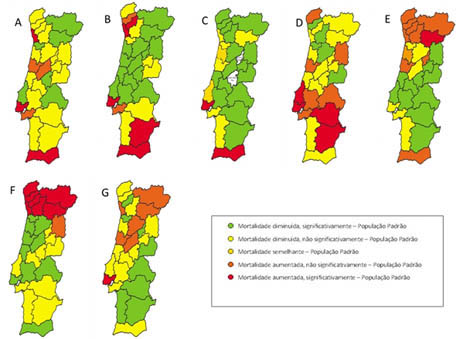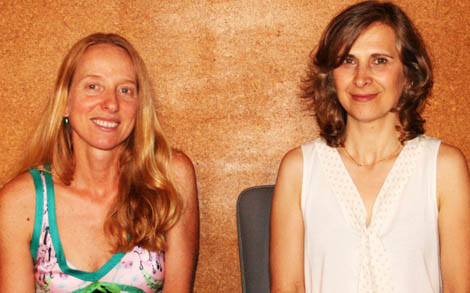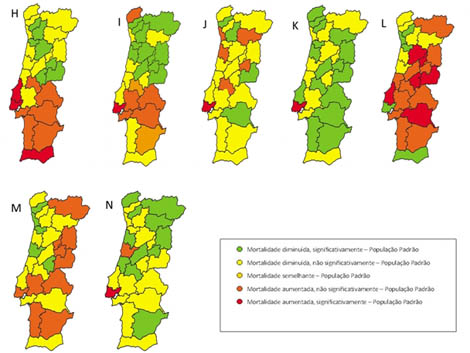 Greater Lisbon, Greater Porto, Baixo Alentejo and Algarve have the highest rate of deaths due to bronchial and lung cancer, while the North Region, particularly Greater Porto, Cávado, Tâmega and Minho-Lima, is the region of the country where there is the highest number of deaths from stomach cancer.
Greater Lisbon, Greater Porto, Baixo Alentejo and Algarve have the highest rate of deaths due to bronchial and lung cancer, while the North Region, particularly Greater Porto, Cávado, Tâmega and Minho-Lima, is the region of the country where there is the highest number of deaths from stomach cancer.
These are the first results of an ongoing study at the University of Coimbra (UC) which aims to analyze the geographic variation of deaths caused by different types of cancer in mainland Portugal, and to estimate their association with social and environmental factors.
The multidisciplinary team, involving researchers from the Faculties of Science and Technology (Research Center in Anthropology and Health – CIAS) and of Arts (Geography) of the University of Coimbra (UC), analyzed the deaths that occurred between 2007 and 2009, caused by 14 types of cancer in the 28 regions defined by the territorial division NUT III (Territorial Statistical Units of Portugal).
 Considering the complexity of the cancer disease, the study coordinators, Manuela Alvarez and Helena Nogueira, emphasize that knowledge of the variation of the pathology throughout the national territory «is very useful for the definition of risk areas, by type of cancer, and relevant for primary health care, allowing the development of targeted prevention actions and the allocation of adequate resources to improve the quality of medical services».
Considering the complexity of the cancer disease, the study coordinators, Manuela Alvarez and Helena Nogueira, emphasize that knowledge of the variation of the pathology throughout the national territory «is very useful for the definition of risk areas, by type of cancer, and relevant for primary health care, allowing the development of targeted prevention actions and the allocation of adequate resources to improve the quality of medical services».
In this first phase of the study, within the scope of the relationship between disease and society, in which the team established the patterns of mortality by type of cancer, significant associations were found between the increased risk of death and indicators of socioeconomic development in the regions studied.
“A negative correlation was also observed between the indicators of development and almost all types of cancer, with the exception of lung cancer, which presents a positive correlation with the education and culture index”, added the researchers at the UC.
 Now, the study should continue in the field, with the application of individual surveys, to understand in detail the factors that most influence the disease. Factors such as the quality of the environment – natural and built – eating habits, life events (divorce, family breakdown, etc.) and unemployment, among others, will be evaluated.
Now, the study should continue in the field, with the application of individual surveys, to understand in detail the factors that most influence the disease. Factors such as the quality of the environment – natural and built – eating habits, life events (divorce, family breakdown, etc.) and unemployment, among others, will be evaluated.
Author: Cristina Pinto (Press Office – University of Coimbra)
Science in the Regional Press – Ciência Viva
Picture's description:
Figure 1. Standardized cancer mortality ratios in NUT III of Mainland Portugal:
A) Mortality from bladder cancer;
B) Mortality from lung and bronchial cancer;
C) Mortality from cervical cancer;
D) Colon cancer mortality;
E) Mortality from esophageal cancer;
F) Mortality from stomach cancer;
G) Liver cancer mortality.
Figure 2. Standardized cancer mortality ratios in NUT III of Mainland Portugal:
H) Breast cancer mortality;
I) Ovarian cancer mortality;
J) Mortality from Pancreatic Cancer in RPM;
K) Skin cancer mortality in RPM;
L) Prostate cancer mortality in RPM;
M) Mortality due to cancer of the rectum;
N) Mortality from uterine cancer in RPM.


















Comments